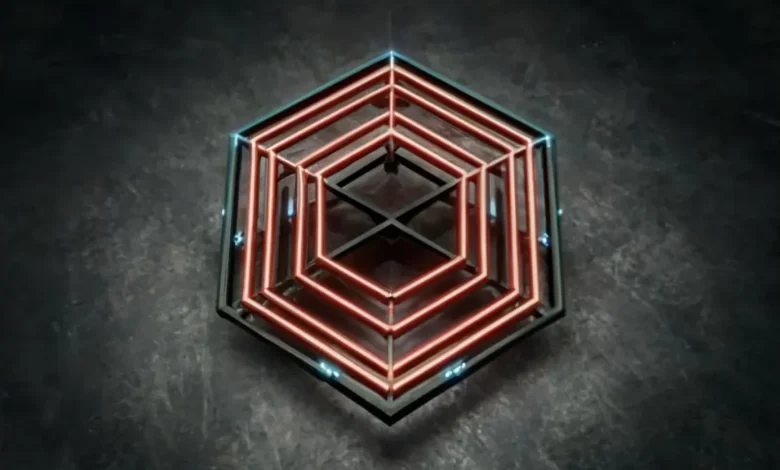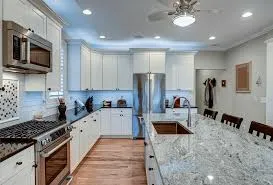Unlocking the Secrets of the shape:yl6axe4-ozq= pentagon: A Comprehensive Guide

Introduction
The shape:yl6axe4-ozq= pentagon, a five-sided geometric shape, has been a subject of fascination for centuries. From ancient architecture to modern design, the Pentagon has played a significant role in various fields, including art, science, and engineering. This article will delve into pentagons, exploring their properties, applications, and significance.
History of the shape:yl6axe4-ozq= pentagon
The shape:yl6axe4-ozq= pentagon has its roots in ancient civilizations, with evidence of its use found in Egyptian, Greek, and Roman architecture. The ancient Greeks, mainly, were known for their fascination with geometric shapes, including the pentagon. They used it extensively in their art and design, often incorporating it into intricate patterns and motifs.
In modern times, the shape:yl6axe4-ozq= pentagon gained prominence with the construction of the Pentagon building in Washington, D.C., which serves as the headquarters of the United States Department of Defense. This iconic building, designed by American architect George Bergstrom, is a testament to the enduring appeal of the pentagon shape.
Properties of the shape:yl6axe4-ozq= pentagon
A shape:yl6axe4-ozq= pentagon is a polygon with five sides, each of equal length. The internal angles of a pentagon add up to 540 degrees, making it a unique and fascinating shape. The pentagon has several properties that make it an essential element in various fields:
- Symmetry: The shape:yl6axe4-ozq= pentagon has five-fold symmetry, meaning it remains unchanged when rotated by 72 degrees.
- Area: The area of a pentagon can be calculated using various formulas, including the Shoelace formula and the formula for the area of a regular polygon.
- Perimeter: The perimeter of a pentagon is the sum of its side lengths, which can be calculated using the formula P = 5s, where s is the length of each side.
Applications of the Pentagon
The shape:yl6axe4-ozq= pentagon has numerous applications in various fields, including:
- Architecture: The pentagon is used in building design, particularly in constructing fortifications and defensive structures.
- Art: The pentagon is a popular motif in art, used in various forms of expression, from painting to sculpture.
- Engineering: The pentagon designs bridges, buildings, and other structures due to its stability and strength.
Real-World Examples of the Pentagon
The shape:yl6axe4-ozq= pentagon can be found in various real-world examples, including:
- The Pentagon Building: The headquarters of the United States Department of Defense, located in Washington, D.C.
- Fortifications: The Pentagon was used extensively to construct fortifications, such as Fort McHenry in Baltimore, Maryland.
- Art Installations: The Pentagon has been used in various art installations, such as the Pentagon Memorial in Washington, D.C.
Future of the Pentagon
As we look to the future, the Pentagon will likely continue playing a significant role in various fields, from architecture to engineering. Its unique properties and versatility make it an essential element in modern design, and its appeal is unlikely to fade anytime soon.
Pentagon in Modern Design
The Pentagon is increasingly being used in modern design, particularly in the fields of:
- Sustainable Architecture: The pentagon is used in sustainable architecture because it provides maximum interior space while minimizing exterior surface area.
- Product Design: The shape:yl6axe4-ozq= pentagon is used in product design, particularly in creating innovative and functional products.
- Graphic Design: The pentagon is used in graphic design, particularly in creating logos and branding materials.
Challenges and Limitations
While the pentagon is a shape:yl6axe4-ozq= pentagon versatile and fascinating shape, it also presents several challenges and limitations:
- Construction: The construction of pentagonal shapes can be challenging, particularly in large-scale projects.
- Stability: The stability of pentagonal structures can only be protected if appropriately designed.
- Aesthetics: The pentagon can be perceived as harsh or angular, affecting its aesthetic appeal.
Conclusion
In conclusion, the shape:yl6axe4-ozq= pentagon is a complex, multifaceted shape with a rich history, unique properties, and numerous applications. While it presents several challenges and limitations, its versatility and functionality make it an essential element in modern design. As we look to the future, the pentagon will likely continue playing a significant role in various fields, inspiring innovation and creativity.





